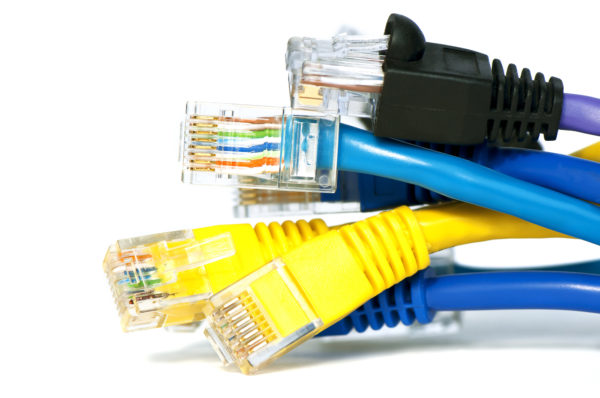Eighty-eight percent of U.S. school districts have reached the minimum connectivity–100 kbps per student, as recommended by the Federal Communications Commission–to help students effectively use technology in the classroom.
The data comes from the second annual State of the States report from the nonprofit EducationSuperHighway, which analyzed 2016 FCC E-rate data representing 10,499 school districts and more than 38 million students.
According to the data, this mean that 88 percent of school districts–38 million students–are achieving the minimum connectivity goal.
Thirty-four governors across the U.S. took bipartisan action to upgrade their schools in 2016, with 5 states connecting 100 percent of their students to high-speed broadband.
“It’s really a tribute to the governors–they recognize that this is a foundational issue for their schools,” said Evan Marwell, CEO of EducationSuperHighway.
(Next page: Better broadband affordability)
“To deliver high-speed broadband to students and teachers, every school needs a fiberoptic connection and every classroom needs a wi-fi access point,” according to the report. “Today, estimates show 95 percent of schools are connected by fiber and 83 percent of schools report having sufficient wi-fi in their classrooms.”
Internet service providers have been crucial in upgrading K-12 schools, Marwell said. By giving school districts more bandwidth for their budgets and extending their networks to underserved schools, service providers have made broadband significantly more affordable and accessible across the country. In the last year, approximately 3,700 school districts upgraded their bandwidth and 40 percent of them did so at no additional cost.
Broadband has become dramatically more affordable for schools, with the cost of internet access falling 40 percent, from $11.78 per Mbps in 2015 to just $7 per Mbps nationally today.
Fifteen percent of school districts now have enough broadband–1 Mbps per student–to support innovative digital learning opportunities for all of their students.
Classroom wi-fi access increased as well, Marwell noted.
“Eighty-three percent of schools have what is termed ‘sufficient wi-fi,’ which means they can support a one-to-one initiative,” he said. “Back in 2013, that number was only 24 percent, so we’ve made tremendous strides putting wi-fi in our classrooms. You have to draw a straight line to the E-rate modernization on that.”
Through great progress has been made, the report notes that more than 11 million students still lack sufficient high-speed internet, including students in 3,723 schools in predominantly rural areas that lack high-speed fiber infrastructure. What’s more, over 15,000 schools do not have sufficient wi-fi infrastructure in their classrooms to support the one-to-one initiatives.
Districts that do not meet the FCC’s 100 kbps per student minimum threshold pay 2.3 times more for their bandwidth than districts meeting the FCC goal, while those meeting the 2018 goal of 1 Mbps per student pay 60 percent less than those at 100 kbps per student, the report notes.
- 4 ways to support work-based learning - April 23, 2024
- Prioritizing inclusivity in game-based learning - April 22, 2024
- Friday 5: Universal Design for Learning - April 19, 2024


